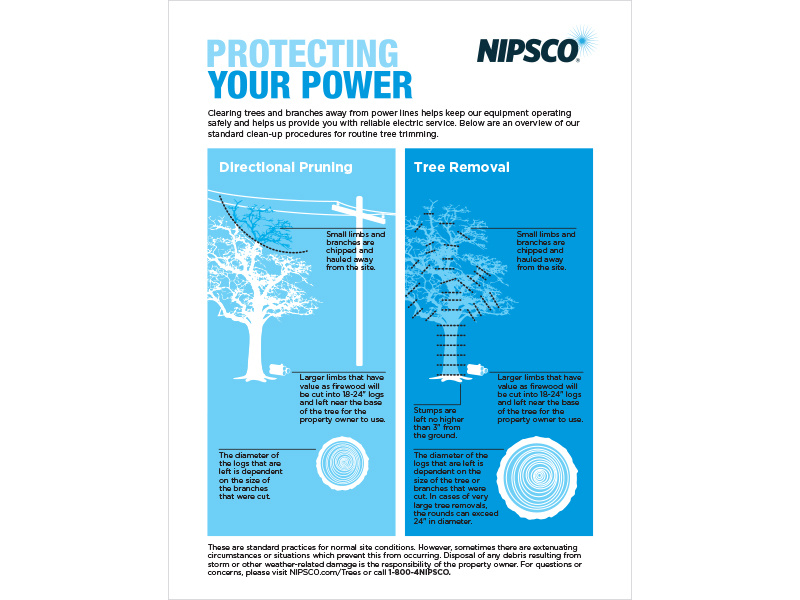Determining The Right Time For Tree Removal - A Guide For Homeowners
Determining The Right Time For Tree Removal - A Guide For Homeowners
Blog Article
Uploaded By-Hollis Long
Trees include elegance and worth to home, yet they can likewise present a danger throughout extreme weather condition occasions. If a tree has actually quit growing, is showing visible fungal growth, or has a leaning trunk, it needs to be eliminated by an expert to prevent property damage and injury.
To find out more, go to a homeowner resource fair co-hosted by HPD, the Center for NYC Neighborhoods, and Brooklyn-based real estate partners this evening in Bedford-Stuyvesant. The occasion will feature the Home owner Manual, a brand-new overview to aid home owners browse the obligations of owning a home.
1. Dead or Dying Branches
Trees are an integral part of your home's landscape, providing color and appeal. They also supply shelter for wild animals and generate oxygen, yet also healthy and balanced trees can experience health issue that might necessitate their elimination. Dead or passing away trees aren't just unattractive, they can be hazardous. Their branches might drop throughout a tornado, causing costly home damage and injuries.
When a tree's branches begin to die, it indicates that its framework is beginning to break down. If the majority of its branches are dead, it is most likely time to remove it.
Seek an absence of brand-new development, bark peeling, open injuries or cavities, fungis expanding on the trunk or roots and a basic look of degeneration in the whole cover. These indicators of infection can suggest a significant issue that will require expert tree solutions to resolve.
2. Leaning Trunk
While it's typical for trees to lean every so often because of phototropism, if a tree has a hazardous or serious lean that's not as a result of natural processes - maybe an indicator that the tree needs to be gotten rid of. If the tree is leaning toward a power line, home, automobile, play structure or any other area that could be harmful to individuals if it falls, then getting in touch with a professional tree service for elimination should be a leading concern.
It's additionally vital to expect any type of sudden changes in a tree's leaning as it can indicate damage to the roots or trunk that might lead to falling. licensed arborist is particularly true throughout stormy weather, because high winds and rain-soaked dirt can cause a lean to alter swiftly. Normal tracking, specifically throughout and after tornados can help house owners recognize prospective troubles with their trees so they can call an arborist for a thorough assessment.
3. Parasite Invasion
Some pest problems, such as wood-boring insects like emerald ash borer or sap-suckers like scale insects, are so severe that they can trigger a tree to pass away. The most effective way to stop pest infestation is to check your trees regularly. Seek places, holes, or discolorations in the fallen leaves and bark. Examine the trunk for splits and indications of insect damages, such as passages or tracks.
If maintenance company ends up being too infested with bugs, or is close to a home or high-voltage line, an arborist may recommend elimination. If a leaning tree establishes a brand-new, unstable lean, an arborist will likely advise elimination too to guarantee the safety of individuals and residential or commercial property. If a damaged or dead tree consistently loses extreme branches, it is an indicator that it is time to get rid of the tree. If a tree remains to drop branches for an extended time period, it might result in structural problems and prospective home damages.
4. Damaged Trunk
Trees are a stunning and fundamental part of our landscape, however they do need routine care to maintain them healthy and balanced and safe. If a tree is harmed beyond repair it is likely time for it to come down.
Look for signs of damage to the trunk, consisting of upright splits, joints, dead branch stubs, noticeable wounds or open tooth cavities and extreme tree-rot. The presence of fungis at the base of the trunk is another warning sign. Fungis may indicate that the phloem and xylem (life-support tissues) are jeopardized, allowing for the spread of condition or a future failing.
Likewise, take into consideration whether the tree has actually stopped growing. Healthy trees will have brand-new development each year, which might show up as buds or branches growing and prolonging. If you do not see any kind of new development, it's an excellent idea to have an arborist assess the tree and follow their recommendation for elimination. A passing away or damaged tree can drop and create home damages.